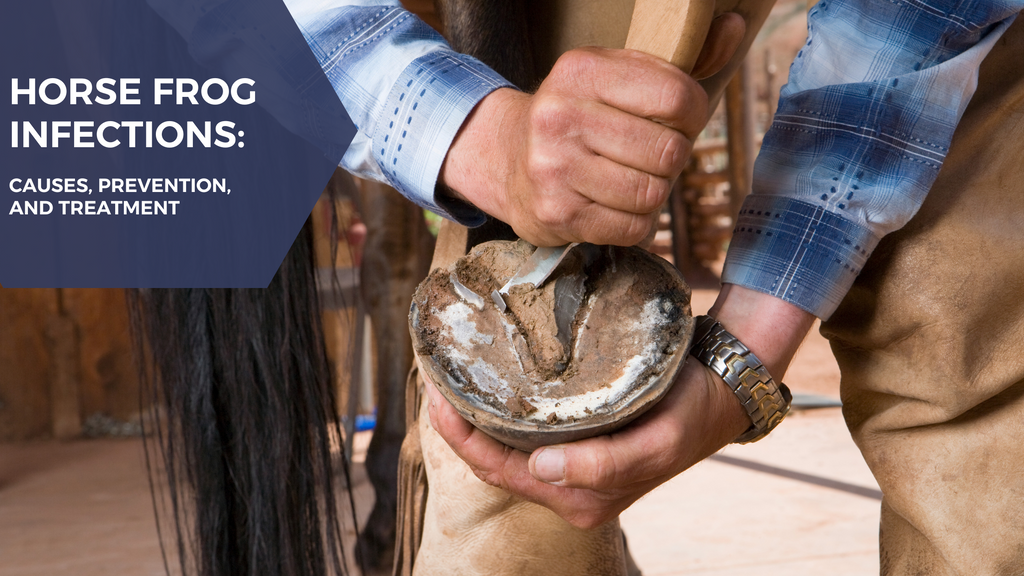Horse Frog Infections: Causes, Prevention, and Treatment | Expert Guide
A horse "frog" infection refers to an infection of the soft tissue structures found on the underside of a horse's hoof, known as the frog. The frog is an important structure that helps to absorb shock and distribute weight during locomotion.
Frog infections can be caused by a variety of bacteria and fungi that thrive in moist environments, such as the environment found inside a horse's hoof. These infections can cause the frog to become swollen, tender, and produce a foul-smelling discharge. If left untreated, the infection can spread to other structures of the hoof and lead to lameness.
Preventing frog infections involves maintaining good hoof hygiene and regular farrier visits. It is important to keep the hooves clean and dry, and to avoid prolonged exposure to moist or dirty environments. Regular trimming and shoeing can help to maintain proper hoof balance and prevent the development of pressure points that can lead to infections.
If a horse is diagnosed with a frog infection, treatment typically involves cleaning and disinfecting the affected area and administering appropriate medications, such as topical or systemic antibiotics or anti-fungal agents. In severe cases, surgical intervention may be necessary to remove damaged tissue and promote healing.
It is important to consult with a veterinarian and farrier for proper diagnosis and treatment of any hoof infections in horses.

